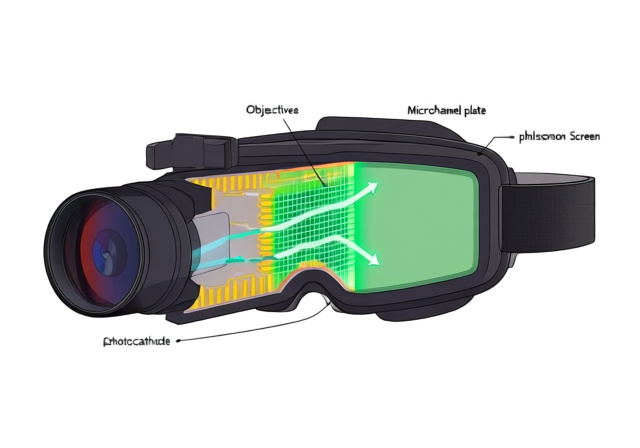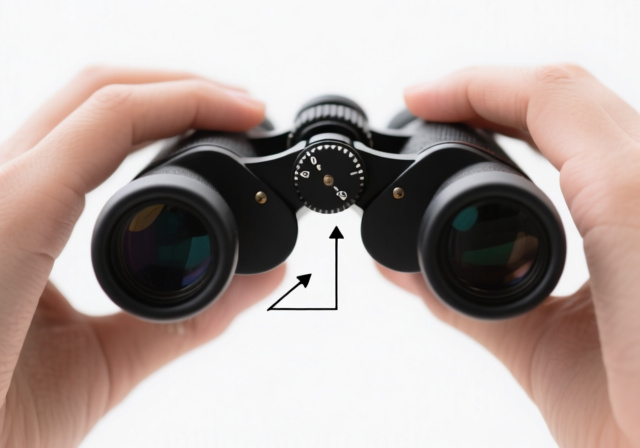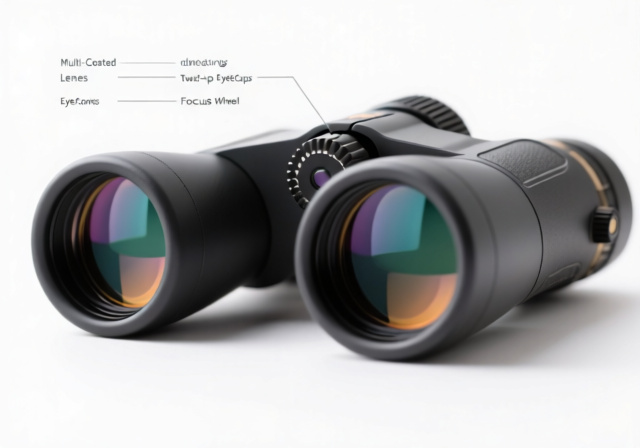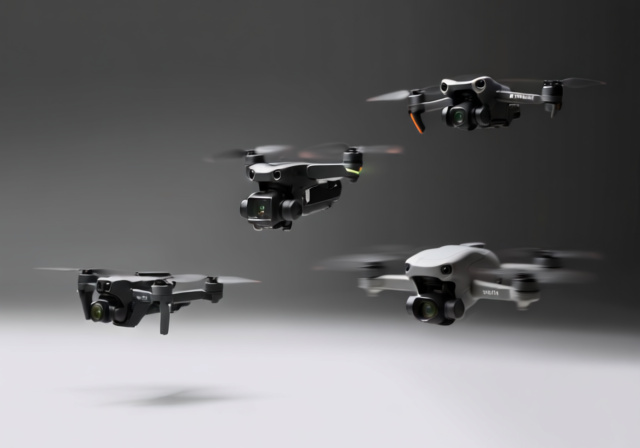

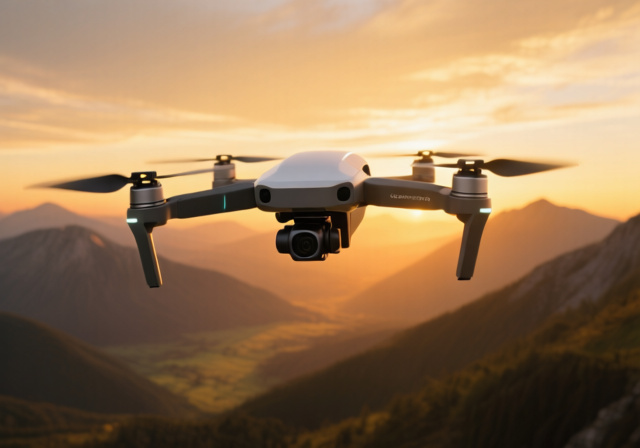

Drones have transformed from military weapons into everyday tools that capture stunning aerial footage, deliver packages, and even save lives. These unmanned aerial vehicles (UAVs) represent one of the fastest-growing technology sectors, with global sales expected to reach $43 billion by 2025. From backyard hobbyists to Fortune 500 companies, drones are revolutionizing how we see and interact with the world around us.
A drone is an aircraft without a human pilot on board, also known as an Unmanned Aerial Vehicle (UAV) or Unmanned Aircraft System (UAS), that can be controlled remotely or fly autonomously using pre-programmed flight paths. These flying robots range from tiny palm-sized devices that weigh less than a smartphone to massive military aircraft capable of staying airborne for days at a time.
What makes drones truly remarkable is their versatility. They’re not just fancy toys; they’re serious tools that have transformed industries from agriculture to filmmaking. Whether you’re a photography enthusiast looking to capture breathtaking aerial shots or simply curious about this revolutionary technology, these 20 drone facts will give you a newfound appreciation for these incredible machines.
I’ve spent hundreds of hours flying various drones and researching their capabilities, and I’m constantly amazed by how quickly this technology evolves. Let me share the most fascinating drone facts that showcase just how far we’ve come and where we’re headed.
Before we dive into technical specifications and mind-blowing capabilities, let’s cover the fundamental facts that form the foundation of drone knowledge. These basics explain why drones have become so ubiquitous and how they’ve evolved from niche military hardware into mainstream technology.
1. The term “drone” originally referred to target practice aircraft. In the 1930s, the British military developed the “Queen Bee,” a radio-controlled aircraft used for aerial target practice. This inspired the name “drone” for unmanned aircraft, and the term stuck even as the technology evolved far beyond simple target practice.
2. Nikola Tesla envisioned drones back in 1898. Tesla demonstrated a radio-controlled boat at Madison Square Garden, calling it a “teleautomaton.” He predicted that humanity would one day develop unmanned vehicles that could operate without human intervention – a vision that wouldn’t be fully realized for nearly a century.
3. The first modern drone was created in 1935. The British DH.82 Queen Bee became the first successful reusable unmanned aerial vehicle, capable of flying up to 300 miles at speeds of 100 mph. Over 380 were built and used for training anti-aircraft gunners during World War II.
4. Consumer drones didn’t exist until 2010. The French company Parrot introduced the AR.Drone at CES 2010, marking the birth of the consumer drone industry. This Wi-Fi controlled quadcopter could be piloted using an iPhone, making it the first drone truly accessible to the masses.
5. The word “drone” comes from male bees. Male honey bees are called drones because they don’t work and exist primarily to mate with the queen. The term was adopted for unmanned aircraft because, like bees, these machines operate without direct human control and serve specific purposes.
6. Drones have created over 100,000 new jobs in the United States alone. According to the Association for Unmanned Vehicle Systems International, the drone industry has generated massive employment opportunities in fields ranging from drone piloting and maintenance to data analysis and software development.
7. Over 870,000 drones are registered with the FAA in the United States. Since the FAA’s drone registration system launched in 2015, more than 870,000 recreational and commercial drones have been registered, highlighting the technology’s explosive growth and mainstream adoption.
8. The global drone market is growing at 20% annually. Market research indicates the drone industry will reach $43 billion by 2025, driven by increasing adoption in agriculture, construction, delivery services, and aerial photography. This growth rate surpasses most other technology sectors.
The technical achievements in drone technology are nothing short of extraordinary. From record-breaking speeds to impressive flight durations, modern drones push the boundaries of what’s possible with unmanned aviation. These facts highlight the incredible engineering behind these flying machines.
9. The fastest drone can reach speeds of 224 mph. The DRL RacerX holds the Guinness World Record for the fastest ground speed achieved by a battery-powered remote-controlled quadcopter. This specialized racing drone accelerates from 0 to 100 mph in just 2.5 seconds, outperforming many supercars.
10. Some military drones can stay airborne for 40+ hours. The MQ-9 Reaper can fly for over 40 hours at altitudes up to 50,000 feet, with a range of 1,150 miles. This incredible endurance makes it invaluable for long-duration surveillance and intelligence gathering missions.
11. Consumer drones can now fly up to 10 miles away. High-end consumer drones like the DJI Mavic 3 boast transmission ranges of up to 9.3 miles, though regulatory restrictions typically limit actual flight distances to much less than their technical capabilities.
12. The world’s smallest drone is the size of a mosquito. Researchers at Washington State University developed a tiny robot insect weighing just 105 milligrams – about the same as a real mosquito. This micro-drone could revolutionize search and rescue operations in disaster zones.
13. Drone cameras can capture 8K video at 60 frames per second. Modern professional drones like the DJI Inspire 3 carry cameras capable of recording cinema-quality 8K video, making them indispensable tools for Hollywood productions and professional photographers looking for unique perspectives.
14. Some drones can withstand winds up to 40 mph. Enterprise-grade drones designed for harsh weather conditions can maintain stable flight in winds reaching 40 mph, making them suitable for industrial inspections and emergency response operations in challenging environments.
Beyond their impressive technical specifications, drones are making real-world impacts across numerous industries. These facts demonstrate how unmanned aerial vehicles are solving problems, saving lives, and creating new possibilities that were once science fiction.
15. Drones deliver medical supplies to remote villages in Rwanda. Zipline’s autonomous drones have delivered over 200,000 medical products, including blood and vaccines, to remote clinics across Rwanda and Ghana. These drones can deliver packages up to 1.8 kg within a 50-mile radius, often reaching locations inaccessible by road in under 30 minutes.
16. Agricultural drones can spray crops 5x faster than traditional methods. Farmers using drones for crop spraying report efficiency improvements of up to 500% while using 90% less water and 50% fewer pesticides. This precision agriculture approach reduces environmental impact while increasing crop yields by 10-15%.
17. Drones helped replant 50,000 trees in a single day. Flash Forest, a Canadian reforestation company, uses specialized drones to plant tree pods at a rate of 10,000-20,000 trees per day. Their goal is to plant 1 billion trees by 2025, accelerating reforestation efforts dramatically compared to traditional planting methods.
18. Search and rescue drones find missing people 3x faster than ground teams. Emergency services using drones for search and rescue operations report average time savings of 70% compared to traditional ground searches. Thermal imaging cameras can detect body heat through dense forest canopy, making them invaluable for finding lost hikers or disaster victims.
With great power comes great responsibility. As drones become more common, understanding the rules and safety considerations becomes increasingly important. These facts highlight the regulatory landscape and essential safety knowledge every drone operator should know.
19. All drones weighing between 0.55 and 55 pounds must be registered with the FAA. This registration requirement applies to both recreational and commercial drone operators in the United States. Failure to register can result in civil penalties up to $27,500 and criminal penalties including fines up to $250,000 and imprisonment for up to three years.
20. The FAA’s “400-foot rule” restricts drone altitude. Recreational drone operators must keep their aircraft below 400 feet in uncontrolled airspace and at least 400 feet away from buildings and people. This rule helps prevent conflicts with manned aircraft, which typically fly above 500 feet. Commercial operators can apply for waivers to fly higher in certain circumstances.
Understanding these drone facts reveals just how transformative this technology has become. From military applications to everyday consumer use, drones have revolutionized numerous industries while creating new opportunities and challenges. Whether you’re considering buying your first drone or simply fascinated by emerging technology, the drone revolution is just getting started.
For photographers looking to expand their skills beyond traditional ground-based shots, drones offer incredible creative possibilities. Check out our astrophotography techniques for more advanced photography methods that can complement your aerial imaging adventures.
Fun drone facts include: Nikola Tesla envisioned them in 1898, the term “drone” comes from male bees, consumer drones only existed since 2010, and some military drones can fly for 40+ hours straight. Over 870,000 drones are registered in the U.S., and they’ve created over 100,000 jobs. The fastest drone reaches 224 mph, while the smallest is mosquito-sized.
Drone speeds vary dramatically by type. Consumer drones typically fly 30-50 mph, racing drones can exceed 80 mph, and the record-holding DRL RacerX reached 224 mph. Military drones like the MQ-9 Reaper cruise around 230 mph but can reach speeds up to 300 mph in short bursts. Speed depends on drone type, wind conditions, and battery life.
No single person invented the drone – it evolved gradually. Abraham Karem is often called the “father of the Predator drone” for developing the precursor in the 1980s. The British created the first reusable target drone (Queen Bee) in 1935. Nikola Tesla demonstrated a radio-controlled boat in 1898 that laid conceptual groundwork for unmanned vehicles.
Drone range varies significantly. Consumer drones typically maintain control up to 5-10 miles, though FAA regulations require visual line of sight. Military drones like the Global Hawk can fly over 14,000 miles. Battery life typically limits consumer drone flight times to 25-35 minutes, with military drones staying airborne for 40+ hours using fuel engines.
The 1-to-1 rule (also called daylight operations rule) requires recreational drone operators to fly only during daylight hours, defined as 30 minutes before official sunrise to 30 minutes after official sunset. You must also keep your drone within visual line of sight at all times, meaning you can see it with your naked eyes without binoculars.
Signs a drone might be observing you include: it’s hovering persistently near your property, cameras are pointed directly at you, it returns to the same location multiple times, or it follows your movement patterns. You can use drone detection apps, listen for characteristic buzzing sounds, or watch for visible lights indicating camera recording status.
Flying drones over private property exists in a legal gray area. FAA regulations control airspace above 400 feet, but property rights below that vary by state. Generally, flying directly over someone’s house or yard could constitute privacy invasion. Best practice: stay at least 400 feet from private property, avoid hovering over homes, and always respect privacy expectations.


